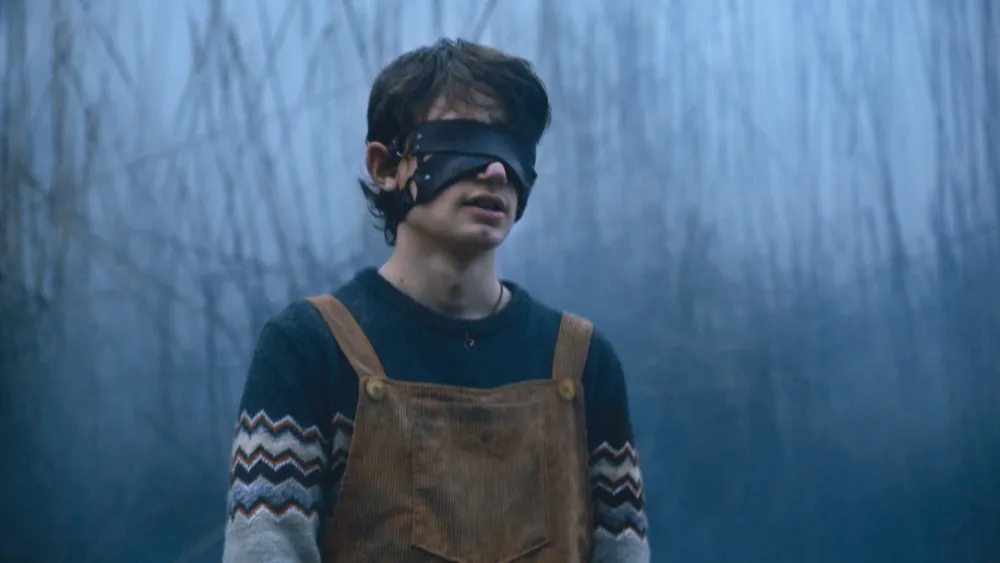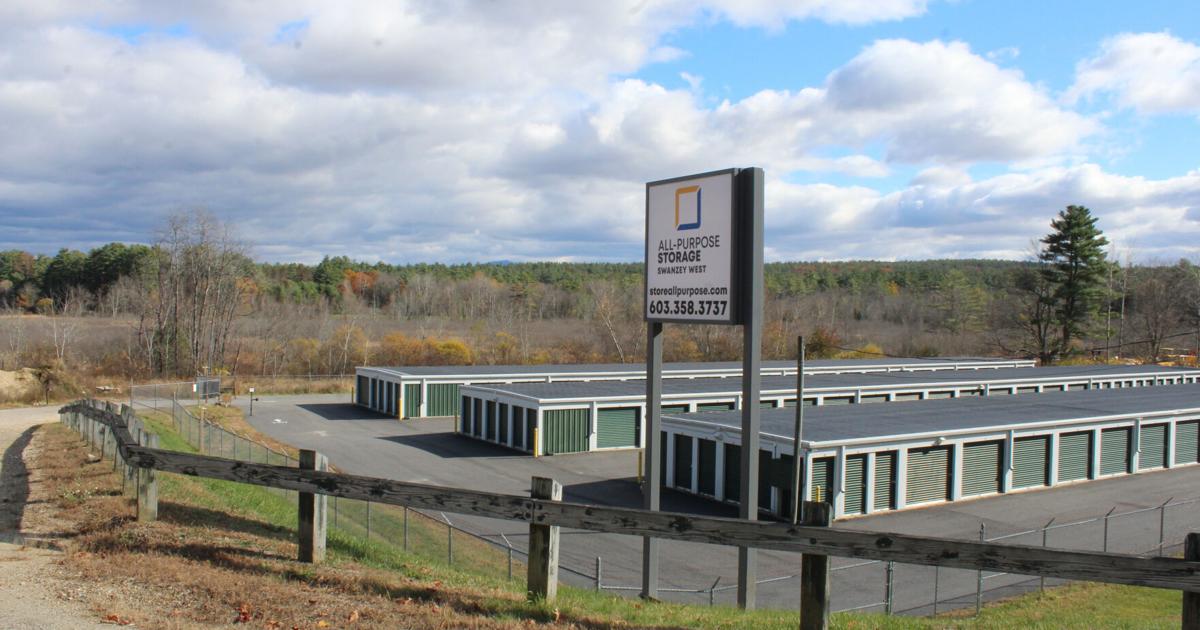Copyright Variety

Greek filmmaker Thanasis Neofotistos is in post-production on his buzzy feature debut “The Boy With the Light-Blue Eyes,” a genre-bending coming-of-age story about fear, superstition and acceptance set in the hinterlands of rural Greece. The director will be presenting the film during the Works in Progress program of the Thessaloniki Film Festival’s industry arm, Agora, which takes place Nov. 2 – 6. Written by Neofotistos and Grigoris Skarakis, “The Boy With the Light-Blue Eyes” follows teenager Peter as he navigates the suffocating confines of his superstitious and traditional village community. Born with light-blue eyes — considered an ill omen by the villagers — he is forced to wear a mask by his mother, who claims he suffers from a threatening “eye disease” to prevent his true nature from being revealed. Raised in this blissful ignorance, Peter and his best friend Aemon one day embark on an adventure to visit the mythical wind turbine far from his village. Eventually, he learns the unsettling truth about his eyes — and the lies he’s been told — forcing him to face a painful reckoning in order to be free. Neofotistos describes the film as “an allegory on acceptance in a society that is resistant to anything different,” adding: “It is for all the people who feel that they don’t belong and struggle to understand why.” The director’s anticipated feature debut was a long time in the making — what he describes as a “rollercoaster” ride since it was conceived nearly a decade ago at First Things First, an academy for young filmmakers from Southeastern Europe supported by the Goethe Institute. The script went on to be developed through the Mediterranean Film Institute and the Sarajevo Script Station before the project was chosen to participate in Cannes Focus CoPro in 2022. During the long gestation process, Neofotistos did not sit idly by, shooting several acclaimed short films including “Patision Avenue” (2018), which went to Venice and Clermont-Ferrand, as well as the 2022 Locarno premiere “Airhostess-737,” which traveled to Sundance, Toronto and Clermont-Ferrand and was acquired last year by the New Yorker. “The Boy With the Light-Blue Eyes” eventually took shape as an elaborate, seven-country co-production between Greece (Argonauts Productions, Atalante Productions), Cyprus (Yannis Economides Films), North Macedonia (Sektor Films), Croatia (Studio Corvus), Serbia (Sense Production), Romania (Luna Film) and the U.S. (WILLA, Astrakan Film, Cold Iron Pictures). The film is a deeply personal one for Neofotistos, who was born in Epirus, a mountainous region on Greece’s border with Albania, and grew up in a conservative family for whom religion and superstition were deeply intertwined. Aware of his homosexuality from an early age, the director admitted he had a difficult childhood. “I felt really, really alone,” Neofotistos told Variety. “My family didn’t accept me. But not only my family. I didn’t accept myself. It was [considered] a flaw in the family to be gay. I was hiding my identity.” Bullied in high school for being different, the director grew up feeling isolated and alone. As a result, he sought refuge in cinema and literature, finding a creative spark that would set him on course to become a filmmaker. “I was trying to create universes to escape from this reality,” he said. “That was how I became a storyteller.” “The Boy With the Light-Blue Eyes” relies heavily on the director’s world-building capabilities. He describes the film as a “dark folk tale” set in a “timeless” place ruled by religion and superstition that is viewed entirely from his young protagonist’s POV — a perspective that offers the viewer “a blend of reality and his imagination.” Citing Guillermo del Toro’s “Pan’s Labyrinth” as an inspiration, Neofotistos says it’s “not a fantasy film,” per se, but a movie that utilizes “folk tradition and magical-realist elements to tell a very simple story about diversity and acceptance.” The film is built around the mythology of the evil eye, a superstition that is prevalent not only in Greece but throughout the Balkans and the wider region, where blue-eyed individuals — a genetic rarity — were traditionally viewed with fear and suspicion. That “fear of the unknown,” said Neofotistos, made the evil eye a “perfect allegory” for his story about otherness and acceptance. While the director’s own coming-out journey inspired the film and there is a powerful “queer subtext” throughout, “The Boy With the Light-Blue Eyes” is not “100% about a gay awakening,” said Neofotistos. Rather, it tells a more universal story about the difficult road many must travel to ultimately find themselves. “Only when they realize what marks them as misfits or outcasts in their community can they truly come to terms with themselves. And oftentimes, this liberation comes at an important price,” the director said. “From my experience, in the end, you can be surprised from what follows a painful coming of age.” The Thessaloniki Film Festival runs Oct. 30 – Nov. 9.



